Introduction: Navigating Your Life Insurance Choices
Understanding life insurance can feel like navigating a complex maze, especially when faced with fundamental choices like Term vs. Whole Life Insurance. For individuals and families, securing financial protection is a cornerstone of responsible planning, ensuring loved ones are safeguarded against unforeseen financial hardship. This article aims to demystify these two primary types of life insurance, providing clarity on their features, benefits, and drawbacks, all from a Beach Insurance LLC perspective tailored to help you make an informed decision for your family’s financial future.
Life insurance isn’t merely about planning for the inevitable; it’s about providing a safety net that can replace lost income, cover significant debts, fund educational aspirations, and ensure daily living expenses are met without immediate financial distress. The decision between term and whole life insurance hinges on your unique financial goals, budget, and long-term needs. Let’s delve into the specifics of each to help you choose the policy that aligns best with your circumstances.
Understanding Term Life Insurance: Flexible Coverage for Specific Needs
Term life insurance is often celebrated for its simplicity and affordability, making it a popular choice for many families. As its name suggests, term life insurance provides coverage for a specific period, or “term,” typically ranging from 10 to 30 years. If the insured individual passes away within this agreed-upon term, a predetermined death benefit is paid out to their designated beneficiaries. However, if the insured outlives the term, the policy simply expires, and no payout is made.
This type of policy is particularly well-suited for covering specific, time-bound financial obligations. For example, young families might opt for a 20-year term policy to ensure income replacement until their children are grown and financially independent, or to cover the duration of a mortgage. The premiums for term life insurance are generally fixed for the chosen term, offering predictable costs and making budgeting straightforward. Unlike permanent life insurance, term life policies do not build a cash value component. This lack of a savings element is a primary reason why term life is typically more cost-effective than whole life insurance. The top benefits of term life insurance include its affordability, clear coverage period, and simplicity.
Advantages and Disadvantages of Term Life Insurance
To fully understand if term life insurance aligns with your needs, it’s essential to weigh its pros and cons:
Advantages of Term Life Insurance:
- Affordability: Term life policies typically offer the lowest premiums for a significant death benefit, making them accessible for various budgets. This allows you to secure substantial coverage during the years your family needs it most.
- Simplicity: The straightforward nature of term life insurance means it’s easy to understand. You pay a premium for a set period, and if you die within that period, your beneficiaries receive a payout. There are no complex investment components to manage.
- Targeted Coverage: You can align the policy term with specific financial responsibilities, such as paying off a mortgage, funding a child’s college education, or covering a period of high income dependency.
- Fixed Premiums: Most term policies, known as “level term,” have premiums that remain constant throughout the policy’s duration, providing financial predictability.
- Convertibility Option: Many term policies include a conversion rider, allowing you to convert to a permanent life insurance policy later without a new medical exam, offering flexibility for future needs. This convertibility feature can be a significant advantage.
Disadvantages of Term Life Insurance:
- Temporary Coverage: The most significant drawback is that coverage ends when the term expires. If you still need coverage beyond that point, you’ll need to purchase a new policy, which will likely come at a higher premium due to your older age and potential health changes.
- No Cash Value: Term life insurance does not build cash value, meaning there’s no savings component you can borrow against or withdraw from while you’re alive. If you outlive the policy, you receive nothing back from your premiums paid.
- Increasing Renewal Costs: If you renew a term policy after its initial term, the premiums can increase substantially, based on your age at the time of renewal.
Exploring Whole Life Insurance: Lifelong Protection and Cash Value
In contrast to term life, whole life insurance is a type of permanent life insurance designed to provide coverage for your entire life, as long as premiums are consistently paid. This lifelong protection is one of its most attractive features, ensuring that your beneficiaries will receive a death benefit whenever you pass away.
Beyond its permanent nature, a defining characteristic of whole life insurance is its cash value component. A portion of each premium payment contributes to this cash value, which grows over time on a tax-deferred basis at a guaranteed rate. This accumulated cash value offers a unique “living benefit,” as policyholders can access it during their lifetime through policy loans or withdrawals. For example, the cash value can be used to fund major purchases, supplement retirement income, or cover unexpected expenses. Whole life insurance cash value charts can illustrate the guaranteed and non-guaranteed growth of this component over time.
Premiums for whole life insurance generally remain fixed throughout the policy’s duration, providing a predictable financial commitment. While these premiums are typically higher than those for term life policies due to the lifelong coverage and cash value feature, the stability and guaranteed growth can offer significant peace of mind for long-term financial planning.
Benefits and Drawbacks of Whole Life Insurance
Understanding the full scope of whole life insurance requires a look at its specific advantages and potential disadvantages:
Benefits of Whole Life Insurance:
- Lifelong Coverage: As long as premiums are paid, the policy remains in force for your entire life, guaranteeing a death benefit to your beneficiaries whenever you pass away.
- Guaranteed Cash Value Growth: The cash value component grows at a guaranteed rate, providing a predictable savings element that accumulates tax-deferred. This offers a secure, low-risk investment avenue.
- Access to Cash Value: Policyholders can borrow against or withdraw from the accumulated cash value, offering a flexible source of funds for various life needs, such as a down payment on a home, college tuition, or supplemental retirement income. Loans are generally tax-free, though unpaid loans reduce the death benefit.
- Fixed Premiums: Premiums remain level throughout the life of the policy, allowing for consistent budgeting and financial planning without the worry of increasing costs due to age or health changes.
- Estate Planning Tool: The guaranteed death benefit can be a valuable tool for estate planning, ensuring liquidity for heirs, covering potential estate taxes, or leaving a legacy. Death benefits are typically paid tax-free to beneficiaries, and bypass probate, providing quick access to funds. A guaranteed cash value is a key feature in this regard.
Drawbacks of Whole Life Insurance:
- Higher Premiums: Whole life insurance is significantly more expensive than term life insurance for the same death benefit, primarily due to its lifelong coverage and cash value component.
- Lower Returns Compared to Other Investments: While the cash value grows predictably, its rate of return might be lower compared to market-based investments like mutual funds or ETFs over the long term. This leads to the “buy term and invest the difference” argument often cited by financial advisors.
- Less Flexibility: Unlike some other permanent policies like universal life, whole life policies offer less flexibility in adjusting premiums or death benefits once the policy is in force.
- Surrender Charges: If you cancel the policy in its early years, you may incur significant surrender charges, reducing the cash value you receive.
For a detailed look at the advantages and disadvantages, Investopedia offers a comprehensive breakdown of whole life insurance pros and cons.
Term vs. Whole Life Insurance: Making the Right Choice for Your Family
The choice between Term vs. Whole Life Insurance is a deeply personal one, driven by individual financial circumstances, goals, and risk tolerance. Neither policy is inherently “better” than the other; rather, each serves different needs. Understanding these distinctions is paramount for making a decision that truly benefits your family.
Consider the core purpose:
- Term Life Insurance: Ideal for specific, temporary financial needs. If your primary concern is to cover your income during your children’s formative years, pay off a mortgage, or safeguard against significant debts that will eventually be retired, term life is often the more economical and straightforward solution. It provides substantial coverage for a defined period when financial obligations are typically at their peak.
- Whole Life Insurance: Suited for lifelong needs and wealth accumulation. If you desire permanent coverage, wish to leave a legacy, or seek a conservative, tax-advantaged savings vehicle that you can access during your lifetime, whole life insurance may be more appropriate. It’s particularly beneficial for individuals who have maximized other retirement savings vehicles and are looking for another stable asset that offers guaranteed growth.
The “right” choice often involves a careful assessment of your current budget versus your long-term financial aspirations. While term life offers immediate affordability, whole life builds equity over time, which can become a valuable asset in your financial portfolio.
Key Factors to Consider When Choosing Your Policy
When deciding between term and whole life insurance, several key factors should guide your choice:
- Financial Responsibilities and Duration:
- Temporary Needs: If your primary financial obligations (e.g., mortgage, children’s education, income replacement during working years) have a clear end date, term life insurance is usually sufficient and more cost-effective. You can choose a term that aligns perfectly with these responsibilities.
- Lifelong Needs: If you envision financial dependents for your entire life (e.g., a child with special needs) or want to ensure funds for final expenses and legacy planning regardless of when you pass, whole life insurance offers the permanent coverage required.
- Budget and Affordability:
- Lower Upfront Costs: Term life insurance generally has significantly lower premiums, allowing you to secure a larger death benefit for less money, especially when you’re younger. This can be crucial for families on a tighter budget.
- Higher, Stable Costs: Whole life premiums are higher but remain fixed throughout the policy’s life. Ensure you can comfortably afford these higher payments consistently, as lapsing on a whole life policy can lead to loss of benefits or surrender charges.
- Desire for Cash Value and Investment:
- Pure Protection: If you prefer to keep insurance and investments separate, and want the most death benefit for your premium dollar, term life is the clear choice. You can then invest the premium difference in other vehicles with potentially higher returns, such as a 401(k) or IRA.
- Guaranteed Growth and Access: If you value a guaranteed, tax-deferred savings component that you can borrow against or withdraw from, whole life insurance fits this need. This can act as a financial safety net and a conservative investment tool.
- Complexity vs. Simplicity:
- Simple and Straightforward: Term life insurance is easy to understand and manage, appealing to those who prefer less financial complexity.
- More Complex: Whole life, with its cash value, dividends, and loan provisions, requires a deeper understanding. While beneficial, it demands more attention to manage effectively.
The key is to match the policy type to your current financial landscape and future aspirations. For a general overview of the differences, NerdWallet offers a clear comparison of term vs. whole life insurance.
The Option to Convert: Bridging Term and Whole Life Insurance
One of the most valuable features to consider, particularly if you are leaning towards term life insurance but anticipate future changes in your financial situation or health, is the option to convert your policy. Many term life insurance policies come with a “convertibility rider” or “conversion privilege.” This allows you to convert your existing term policy into a permanent life insurance policy, such as whole life or universal life, without having to undergo a new medical examination or prove your insurability again. This is a crucial benefit if your health declines after you initially purchased your term policy, as it guarantees you continued coverage.
Here’s how this option can bridge the gap between Term vs. Whole Life Insurance:
- Flexibility for Evolving Needs: Life is dynamic, and your insurance needs will change over time. You might start with term coverage when you have a mortgage and young children, prioritizing affordability and maximum death benefit. Later, as your children become independent and your financial situation stabilizes, you might desire lifelong coverage for estate planning or to access the cash value for retirement. The conversion option provides this flexibility without the risk of being uninsurable.
- Guaranteed Insurability: The most significant advantage of a convertible term policy is the guarantee of future insurability. Regardless of any health issues that may arise during your term, you can convert your policy to a permanent one based on your original health class, even if you would no longer qualify for a new policy at standard rates.
- Cost Considerations: While converting to a whole life policy will result in higher premiums (as permanent coverage is inherently more expensive), these new premiums will be based on your age at the time of conversion, not your health at that time. This can still be a more favorable rate than buying a brand-new permanent policy if your health has deteriorated.
It’s important to understand the terms of convertibility, as policies often have specific deadlines for when a conversion can occur (e.g., within the first 10 years of the policy or before a certain age, like 65 or 75). Always discuss these details with your insurance provider or a financial advisor when selecting a term policy. This foresight can prevent future coverage gaps and ensure your long-term financial security.
Partnering with Beach Insurance LLC for Your Life Insurance Journey
Choosing the right life insurance policy is a significant decision that impacts your family’s financial security for years to come. At Beach Insurance LLC, we understand that this choice, whether it’s Term vs. Whole Life Insurance, needs to be deeply personalized. We pride ourselves on providing comprehensive guidance and tailored solutions that fit your unique needs, budget, and long-term financial goals.
Our experienced professionals are dedicated to simplifying the complexities of life insurance. We believe in building lasting relationships by offering transparent advice and support throughout your insurance journey. We can help you:
- Assess Your Needs: We’ll work with you to analyze your current financial situation, identify your family’s needs, and determine the appropriate coverage amount to ensure their continued well-being. This includes considering income replacement, debt obligations, and future expenses like education.
- Explore All Options: Beyond term and whole life, we’ll discuss various permanent life insurance options, including universal life policies and how features like policy riders can enhance your coverage. We ensure you understand the nuances of each so you can make an informed decision. For more information on different types of life insurance, including term, whole, and universal life, you can explore our Life & Long-term Care Insurance resources.
- Find Personalized Solutions: Our goal is to secure the proper coverage at a competitive price, ensuring adequate protection for your family against unforeseen events. We focus on finding personalized solutions that align with your lifestyle and risks.
- Provide Ongoing Support: Your insurance needs may evolve over time. We’re here to offer continuous advice and adjust your policies as your life changes, ensuring your coverage always meets your current situation. We also offer a range of personal insurance options to safeguard your future.
At Beach Insurance LLC, your security and the protection of your family are our main priority. We are committed to helping you make informed decisions that provide genuine peace of mind.
Conclusion: Securing Your Family’s Financial Future
The decision between Term vs. Whole Life Insurance is a crucial step in building a resilient financial foundation for your family. Both policy types offer distinct advantages, and the “best” choice is ultimately the one that aligns most closely with your individual circumstances, financial objectives, and future aspirations. Term life insurance provides affordable, straightforward coverage for specific periods, making it ideal for covering significant temporary financial responsibilities like a mortgage or a child’s education. Whole life insurance, on the other hand, offers lifelong protection, predictable premiums, and a valuable cash value component that can serve as a long-term savings vehicle and financial resource.
Regardless of your choice, the core purpose of life insurance remains the same: to provide a critical safety net that ensures your loved ones are financially protected when you are no longer there. It offers peace of mind, knowing that daily expenses can be met, debts can be paid, and dreams can still be pursued. As the life insurance market continues to evolve, staying informed about trends and options is key to maximizing the value of your policy. For a general overview of current market changes, refer to our previous post, Understanding 2025 Life Insurance Trends: What You Need to Know.
We encourage you to carefully evaluate your financial landscape, consider your long-term goals, and most importantly, seek expert guidance. A trusted insurance professional can help you navigate the complexities, clarify misconceptions, and tailor a policy that precisely fits your family’s needs. Ultimately, investing in the right life insurance policy is an investment in your family’s enduring financial security and peace of mind.
Have more questions or want to get in touch? Visit our Contact Us page. We look forward to hearing from you.






